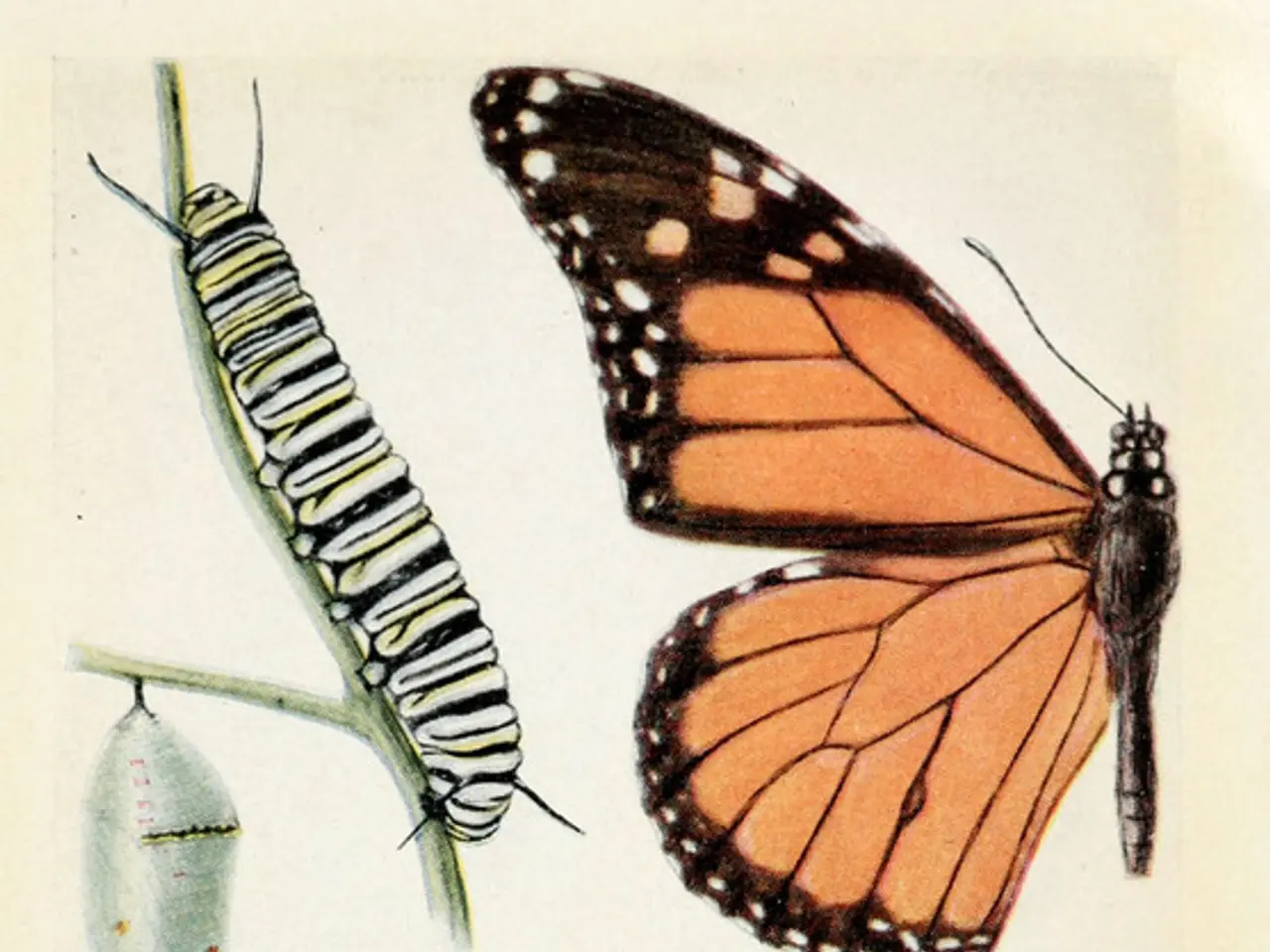Scientists Ink Tardigrades: Claims of Beneficial Outcomes to Follow
In a groundbreaking study published in the journal Nano Letters, researchers have demonstrated a new method for depositing microelectronic devices or sensors onto the bodies of living tardigrades, microscopic animals renowned for their extreme resilience. This pioneering approach could revolutionize various scientific and technological fields.
Creating Living Microrobots
Ding Zhao, co-author of the paper and a researcher at the Westlake Institute for Optoelectronics, stated that through this technology, they are extending the capability to pattern living matter to various living organisms, including bacteria. By imitating nature's processes in human creations (biomimetics), the researchers have created living microrobots, hybrid robots that join synthetic technology and living cells to achieve more useful features.
The Tattooing Process
To tattoo the tardigrades, the researchers first dehydrated them to induce a cryptobiotic state before using a focused electron beam to draw micropatterns on their surfaces. The frozen anisole layer exposed to the electron beam formed a new chemical compound that adhered to the tardigrade. Once the researchers rehydrated the tardigrades, the unreacted anisole sublimated, leaving behind only the pattern created by the new chemical compound – the tattoo.
Key Findings
The researchers found that it is possible to tattoo or print flexible, biocompatible electronic inks onto the cuticle of living tardigrades without lethally damaging them. The microelectronic layers can be adhered robustly to the uneven, moving surfaces of tardigrades. Moreover, the tardigrades retain normal physiological activity after the printing process, demonstrating the feasibility of functionalizing living creatures with sensors or electronics.
Potential Implications
This study could pave the way for several exciting advancements.
- Living Microrobotics: The development of tiny robotic systems that incorporate living organisms (like tardigrades) could enhance resilience, self-repair, and adaptability.
- Cryopreservation: Integrating sensors could lead to new insights or methods for preserving biological tissues or cells with embedded monitoring.
- Biomedicine: Printing electronics onto cells or small organisms could facilitate in vivo sensing, drug delivery, or targeted therapies with minimal invasiveness.
- Astrobiology: Tardigrades’ known extremotolerance combined with embedded sensors could help develop biosentinels for space environments, monitoring life support parameters or radiation in extraterrestrial settings.
In summary, this study forges a new interdisciplinary pathway, combining microfabrication, bioengineering, and living organism resilience to potentially revolutionize how electronics interface with and augment biological systems at microscopic scales. The advancement portends a new generation of biomaterial devices and biophysical sensors that were previously only present in science fiction.
- Gizmodo reported on the fascinating potential of a new technology that demonstrates the ability to imprint microelectronic devices on tardigrades, tiny animals known for their extreme resilience.
- This groundbreaking study published in Nano Letters has shown the possibility of creating living microrobots, a hybrid of synthetic technology and living cells, using biomimetic processes.
- In the future, health-and-wellness and fitness-and-exercise enthusiasts might benefit from integrating flexible, biocompatible electronic inks with living organisms, such as gadgets that monitor and improve human physiological activity.
- As science continues to advance, we may soon see the development of tiny robotic systems capable of functioning in extreme environments, equipped with scientific sensors for astrobiology, or even aid in cryopreservation, revolutionizing various technological fields, akin to the tales of science fiction.




